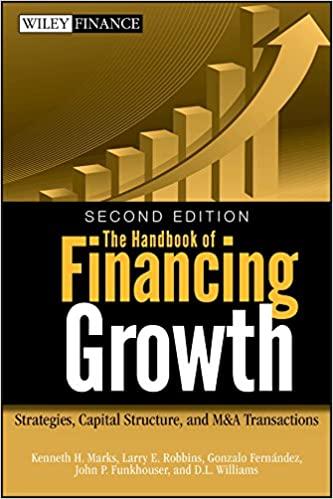Question
1.All of the following statements about the methods of regulating insurance are true EXCEPT insurers are totally exempt from regulation by federal agencies and laws.
1.All of the following statements about the methods of regulating insurance are true EXCEPT
| insurers are totally exempt from regulation by federal agencies and laws. | ||
| all states have insurance laws that regulate the operations of insurers. | ||
| the courts regulate insurance in many ways, including the interpretation of policy clauses and provisions. | ||
| state insurance commissioners, through administrative rulings, have considerable power over insurers doing business in their states. |
2.The long-run relative frequency of an event based on the assumption of an infinite number of observations with no change in the underlying conditions is called
| objective probability. | ||
| objective risk. | ||
| subjective risk. | ||
| subjective probability. |
3.An individual's personal estimate of the chance of loss is a(n)
| objective probability. | ||
| objective risk. | ||
| subjective probability. | ||
| a priori probability. |
4.Which of the following is a financial risk that may be faced by a business organization?
| lost income after a fire loss | ||
| injuries suffered by employees at the workplace | ||
| product liability risk | ||
| currency exchange rate risk |
5.According to the law of large numbers, what happens as the number of exposure units increases?
| Actual results will increasingly differ from probable results. | ||
| Objective risk will increase. | ||
| Nondiversifiable risk will decrease. | ||
| Actual results will more closely approach probable results. |
6.The worst loss that could ever happen to a firm is referred to as the
| severity of loss. | ||
| frequency of loss. | ||
| maximum possible loss. | ||
| probable maximum loss. |
Step by Step Solution
There are 3 Steps involved in it
Step: 1

Get Instant Access to Expert-Tailored Solutions
See step-by-step solutions with expert insights and AI powered tools for academic success
Step: 2

Step: 3

Ace Your Homework with AI
Get the answers you need in no time with our AI-driven, step-by-step assistance
Get Started


